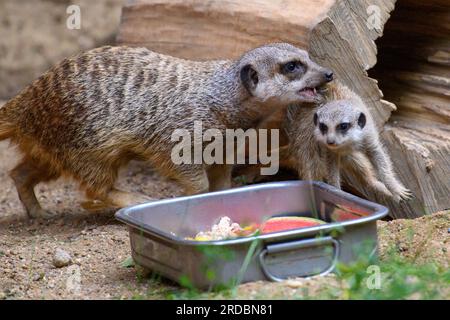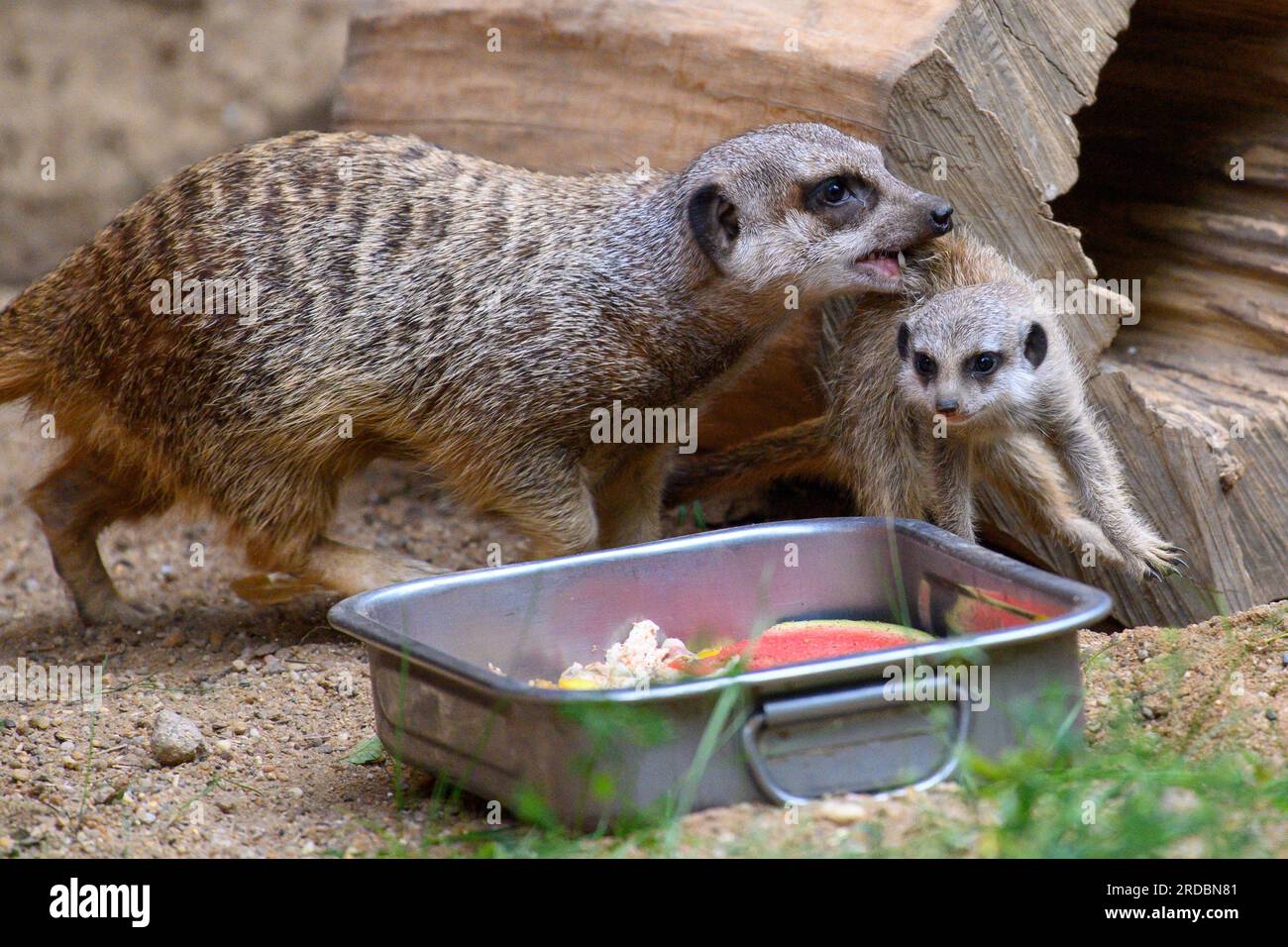When we think of animals and their food sources, we often imagine them foraging or hunting for their next meal. However, there are some incredible creatures that have evolved to carry their own food supply wherever they go. This remarkable adaptation enables them to thrive in various environments and demonstrates the ingenuity of the natural world. In this article, we will explore some of these fascinating animals and how they have adapted to carry their own food.

Credit: www.alamy.com
The Camel: A Desert Adaptation
One of the most iconic examples of an animal that carries its own food supply is the camel. Found in the arid deserts of Asia and Africa, camels have a specialized hump on their backs that stores fat. This fat can be metabolized to provide the animal with both energy and water, allowing it to survive in harsh desert conditions where food and water sources are limited.
Camels are able to go long periods without food or water, making them well-suited for life in the desert. Their ability to efficiently store and utilize fat reserves demonstrates the incredible adaptations that have allowed them to thrive in some of the most challenging environments on Earth.
The Hoatzin: A Unique Digestive System
Found in the swamps and forests of South America, the hoatzin is a bird with a truly unique adaptation for carrying its own food supply. Unlike other birds, the hoatzin has a specialized digestive system that allows it to ferment food in its crop, similar to a cow’s stomach.
This fermentation process enables the hoatzin to extract nutrients from the plant material it consumes, effectively carrying its own food supply within its body. This adaptation is particularly valuable in its swamp and forest habitats, where food sources may be scarce or sporadic.
The Syrian Hamster: Food Storage in Cheek Pouches
While the camel and hoatzin represent large and exotic examples of animals carrying their own food supply, the Syrian hamster offers a more relatable and domestic example. In the wild, Syrian hamsters are known for their ability to stuff food into specialized cheek pouches, allowing them to transport it back to their burrows for storage.
This behavior not only enables the hamster to carry its own food supply but also provides a means of storing food for times when it may be less abundant. This adaptation is crucial for the hamster’s survival in the wild, where it must contend with fluctuations in food availability.
The Leaf-Cutter Ant: Cultivating Fungus for Food
Among the most fascinating examples of animals that carry their own food supply are leaf-cutter ants. These industrious insects are known for their ability to forage for fresh vegetation, which they then bring back to their colonies. However, rather than consuming the vegetation directly, the ants use it to cultivate a fungus within their nests.
By tending to the fungus, the leaf-cutter ants effectively carry their own food supply in the form of cultivated, nutrient-rich fungi. This complex symbiotic relationship between the ants and the fungus demonstrates the remarkable ways in which animals have adapted to ensure a stable food source for themselves and their colonies.
Frequently Asked Questions For Animal That Carries Its Own Food Supply
What Animal Carries Its Own Food Supply?
The camel is known for carrying its own food supply in the form of humps, which store fat to provide energy during long periods without food or water.
How Does The Camel’s Hump Help It Survive?
The camel’s hump stores fat, which can be used as an energy source when food and water are scarce, allowing the camel to survive in harsh environments.
What Kind Of Food Does A Camel Carry In Its Hump?
The camel’s hump does not store water or food, but rather fat, which can be metabolized to provide energy for the camel during times of scarcity.
Why Is The Camel Often Considered The Ship Of The Desert?
The camel’s ability to carry its own food supply and survive in arid environments has earned it the nickname “ship of the desert” due to its importance in desert transportation and trade.
Conclusion
The examples of the camel, hoatzin, Syrian hamster, and leaf-cutter ant provide a glimpse into the diverse ways in which animals have evolved to carry their own food supply. Whether it’s through specialized body adaptations, unique digestive systems, or complex symbiotic relationships, these animals exemplify the exceptional strategies found in nature.
Studying these remarkable creatures not only deepens our understanding of the natural world but also offers valuable insights into the resilience and resourcefulness of living organisms. As we continue to explore and appreciate the wonders of the animal kingdom, let us marvel at the ingenious ways in which animals have adapted to carry their own food supply, ensuring their survival in a constantly evolving world.

Leave a Reply